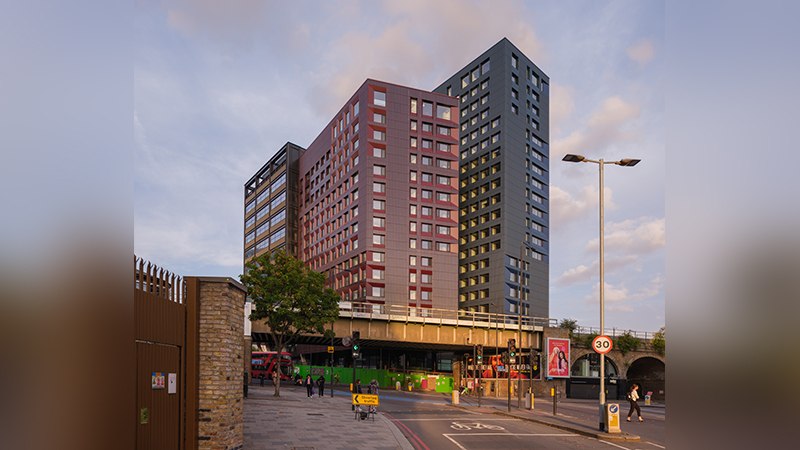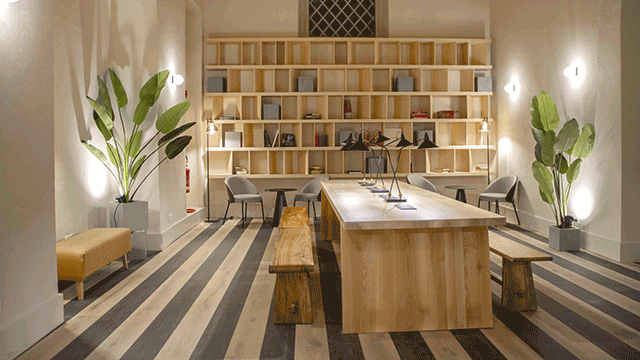In US multifamily parlance, “other income” is defined as income, commissions and fees earned by the community that are exclusive of rental income. In English that means every dollar generated by the property manager that isn’t rent, writes Jonathon Ivory, managing director of Atlas Residential.
In the US it is not uncommon for the other income line item in a US multifamily portfolio to be as much as 12% of the gross revenue.
So, what is other income actually comprised of and can it be generated here in the UK?
The income will depend on the location and demographic profile of the community, but broadly speaking it is broken down as follows:
1. Resident-related income: These rather mundane fees are charged to residents in regard to operating the property and offering amenities and services. This can include charges for late payment of rent, for pets and for cleaning.
2. Ancillary income: A bit racier in nature, this is income earned by the manager through the sale or offering of services to residents. Typically, the manager will use its enhanced buying power to negotiate wholesale deals on behalf of the community. This works more effectively at a portfolio level, but an operator should be able to negotiate discount rates with both national vendors and local retailers and pass those discounts on to its residents, while at the same time receiving a commission for its troubles. Good examples of this are broadband and telephone services.
3. Utility reimbursement: Pretty much does what it says on the tin. This really works only when the whole building’s heat and power is paid for by the operator and recharged to the residents who consume it. With this set-up there may be occasion for the operator to receive fees from the utility provider in return for providing access to its residents on an exclusive basis.
For the most part, other income can be generated at no additional cost, meaning it is 100% profit. The manager is simply acting as a conduit for the provision and delivery of resident-related services in return for vendor commissions. The manager is able to do this because it is the gatekeeper to a large consumer group and, if harnessed correctly, that consumer group has buying power that the manager can use to lower the individual unit cost, in a way not possible if a resident were to purchase that service themselves.
As Atlas prepares to deliver another 500 units this summer across properties in Southampton and Birmingham, we will be road testing our other income model in real time. While this very North American business model has been developed by us over 20 years of US multifamily experience, it is continually evolving and the team has spent a great deal of time nuancing it for the UK consumer.
Not everything will translate, and some initiatives will fail to gain traction, but experimenting with what works and what doesn’t will allow us to create a deeper understanding of our residents and their requirements.
Our Bow Square site in Southampton has been operational for six months and already we have a very popular residents club, membership of which includes benefiting from exclusive deals with multiple local and national retailers, while the management company benefits from revenue share opportunities with cable TV, deposit insurance and utilities transfer providers.
The perfect ingredients are all in place. Now teams will look to monetise these relationships, and in doing so create a valuable income stream that is unavailable to the traditional buy-to-let investor.











